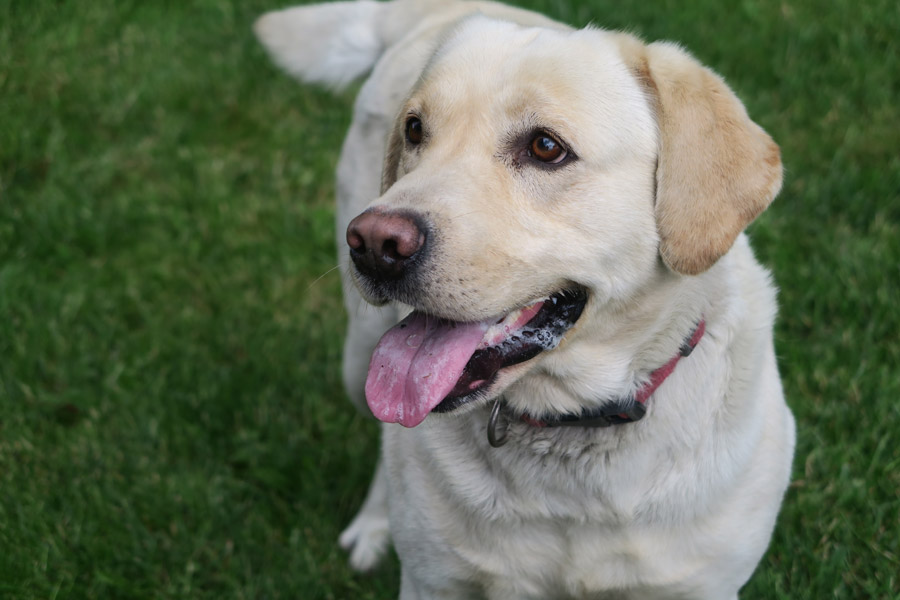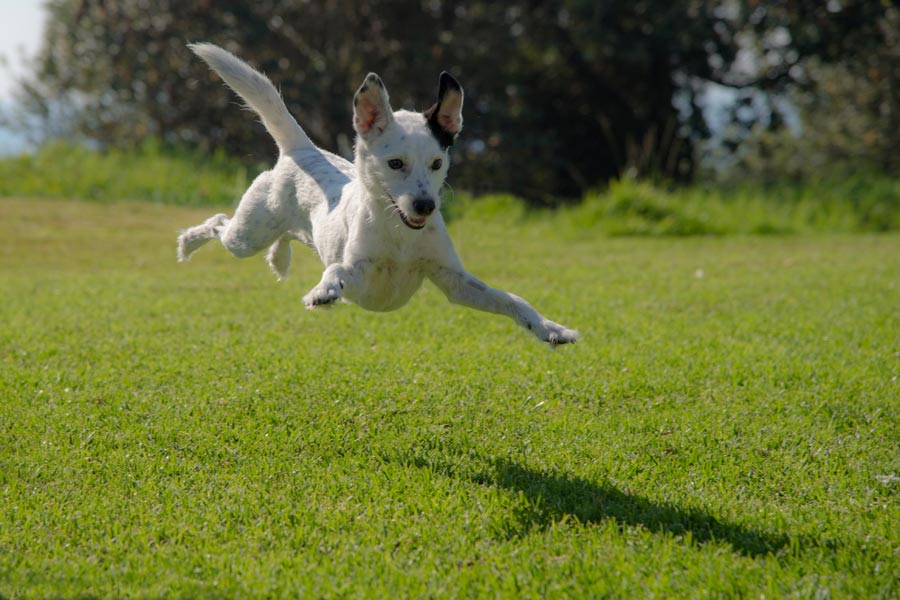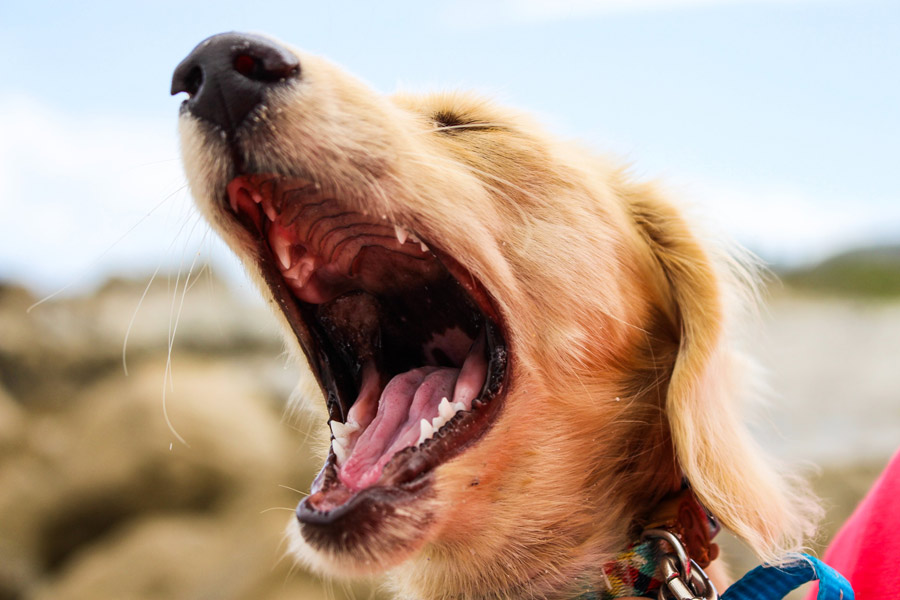When it comes to dog training, who said you can’t teach old dogs new tricks? Apparently, with the right actions and behaviour, you can teach a dog of any age.
So, if dog training fell by the wayside during the puppy stage and your beloved fur pal is now not as obedient as you’d like – all is not lost.
Dog training is an essential part of being a responsible pet owner. After all, you want your dog to come when called and to stop when requested. If your furry friend can’t do these basic things, it’s likely he’ll end up in some serious trouble (or you will!).
Adult dog training 101
Older dogs are perfectly capable of learning. However, it will take some time and effort on your part, but it will pay off.
Firstly, here are a few things to keep in mind when attempting to train an older dog.
Be prepared. Have a few small treats on hand to use as a reward.
Choose an appropriate place to conduct your training. You want to avoid distractions such as passers-by and other dogs, so the local park might not be the best choice. A quiet safe environment, such as your backyard, is ideal.
Decide on your training method. A positive training style, such as reward-based training, is good. This focuses on rewarding positive behaviours so that the dog wants to repeat those actions – in order to get praise and a treat.
Keep it short and simple. Limit your dog training sessions to 10-20 minutes and start with simple commands such as ‘stay’ and ‘sit’.
Be patient. Remember that not all dogs have the same attention span. If you feel your dog is getting distracted, try shortening your dog training sessions. Also, it may be helpful to keep your dog on the leash initially.
Set realistic goals. Yes, a highly obedient dog would be wonderful, but don’t forget Rome wasn’t built in a day! Older dogs can indeed learn new tricks, however, it may take them a little longer than a younger dog. Expect progress to be slow but don’t lose sight of those end goals.
Keep your cool. Dog training isn’t always easy and it can be frustrating when your dog won’t do what it’s told. Try to remain calm and if you recognise that you’re getting agitated, it probably time to call it a day. You can always try again tomorrow.
Image source: Ron Fung on Unsplash
Addressing behaviour issues in older dogs
Part of the reason for dog training is to help avoid behavioural issues developing down the line. Certainly, even if you successfully taught your puppy basic commands such as ‘sit’, ‘stay’ and ‘come’ – he may be doing things you don’t want him to do.
Here are some top dog training tips from vet Dr Katrina Warren on three common doggy behaviour problems.
Jumping up
While it’s lovely to have a dog that’s super happy to see you when you arrive home, most pet owners don’t want their dog jumping up at them (or anyone else).
Stopping your fur pal from jumping requires consistent dog training, but it’s certainly an achievable goal. Here’s what Dr Warren has to say on the topic.
“When your dog was little, everyone was probably entranced by the cute little puppy who jumped up at them, laughing and wagging his teeny tail. Now he’s a bigger dog, no-one wants his dirty paw marks all over their clothes. But his behaviour is not his fault, because your loving attention has trained him to think that jumping up is a fun and rewarding thing to do.
“Now you have to do the opposite of what you did when he was little. Instead of making eye contact and touching him when he jumps up, do the opposite. Turn around and stand still completely ignoring him. Wait until he has all four feet on the ground and then give him a little treat.
“Keep on doing this. It will take many, many times — but eventually, he will learn that he only gets a treat and your attention when he is sitting. Remember, there is no point in shouting or pushing him down; to a dog, this is still attention and will only confuse him about what you want him to do.”
Image source: Devon Janse van Rensburg on Unsplash
Barking
Perhaps you’ve heard your dog barking or maybe your neighbour has alerted you to the fact. Either way, something has to be done.
Dr Warren advises, “Firstly, find out what your dog is barking at. As dogs usually bark the most right after their owners leave home for the day, give your dog something to do every time you leave the house, like a chew toy stuffed with food.
“Dogs left outside are exposed to many more disturbances than indoor dogs and their barks are more easily heard by the neighbourhood. Therefore, if it’s appropriate, leave your dog inside — preferably in a room away from the street with a radio or TV playing to mask the sound of outside noise. Reward your dog often for quiet behaviour. However, if he starts barking, use a word like ‘quiet’ and reward only once your dog stops barking.”
Image source: Syed Ahmad on Unsplash
Digging
Does your poor garden look like you have moles? While all dogs love digging, it can bring despair to pet owners.
“Digging is natural for dogs, so changing an instinctive behaviour takes a lot of patience,” says Dr Warren.
“You may need to keep your dog inside when you go out to limit his opportunity to dig. Newly turned soil is irresistible to many dogs, and so it is unlikely you could stop yours digging in it if they are left alone in the garden. Give your dog plenty of exercise and lots of toys, preferably with food hidden in them, to keep them amused.
“Digging can be a sign of boredom, so make sure he has lots to interest him when you are not home. Also, be aware that working breeds, such as border collies and kelpies, are more likely to get bored and find an outlet for their energy.”
As you can see, when it comes to common doggy issues — such as jumping up, barking and digging — it is often the pet owner that needs to change his or her behaviour in order to solve the problem.
Have you successfully overcome a behavioural issue? What dog training tips do you have? We’d love to hear your stories. Simply post in the ‘comments’ section below.










My 8 year old dog barks consistently when I leave home. Her fog mom passed a year ago and prior to that, didn’t bark. Do sound dog collars work?
Collars are regarded as an unkind way to train your pet.These collars rely on physical discomfort or even pain to teach the dog what not to do. They suppress the unwanted behavior, but they don’t teach the dog what the proper behavior is. At best, they are unpleasant for your dog, and at worst, they may cause your dog to act aggressively and even bite you. I suggest you consult a pet behaviourist to identify what the core of the issue is and address the issue in a humane manner.
My daughter just rescued a massive eight year old german shepherd, mallamute, wolf mix. His owner was 87 and died of cancer, so she wasn’t able to care for him well over the last few years. The dog is a sweetheart, but obeys zero commands and hates to have his paws touched. He will grab you hand with his mouth when try to groom his paws, which can be scary with a gog this size, but he never bites. How can I get him to stop this behavior?
My 8 months dog doesn’t like to go back to the cage what do I do.
How do I get my older Maltese to go to bed
Thanks I will try these tips